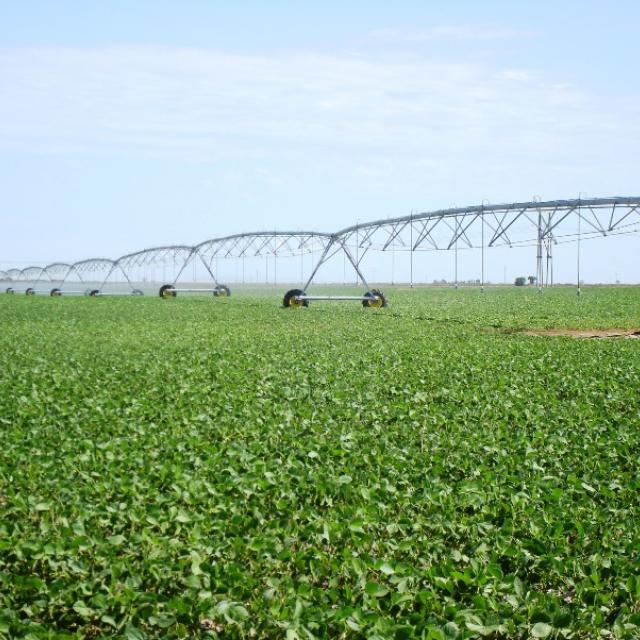About 90% of Iran’s agricultural products are cultivated on irrigated lands, according to deputy energy minister.

“Instead of increasing agro production by expanding irrigated farmlands, there is an urgent need to focus on higher productivity in the sector and to reduce environmental polluants,” the Persian daily Shorou quoted Rahim Meydani as saying at the 13th International Drainage Workshop. The event opened in the southern city of Ahvaz on Saturday and will run until Tuesday.
“At least 90% of Iran’s natural water resources have already been used to meet the domestic needs,” says Alireza Daemi, another deputy minister, adding that relying on natural reserves is no longer viable. Speaking to IRNA, Daemi said, “We cannot use our natural water resources (surface and groundwater) to meet the demand in rural and crisis-hit areas.” Stressing the need to reduce consumption, the official said lack of efficiency in the water network and its excessive use in agriculture sector must be urgently addressed. Outdated farming practices are only 30-35% efficient, which is unacceptable since the agriculture sector is responsible for more than 90% of Iran’s annual water consumption. The average global water use efficiency in the sector is 75%.
“The sector’s annual water use is about 90 billion cubic meters. An increase of only 10% in efficiency will solve most of our problems,” Daemi said. Last August, the government agreed to allocate $500 million to implement pressurized irrigation systems to increase the efficiency of water use in the agriculture sector.
Plans call for promoting “drip” irrigation system that helps reduce water loss by up to 40%, as it enables users to adjust the amount of water needed for irrigation.
